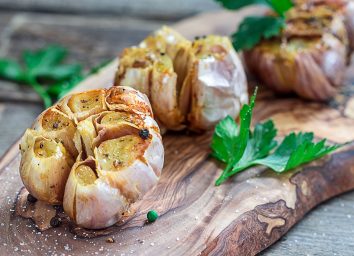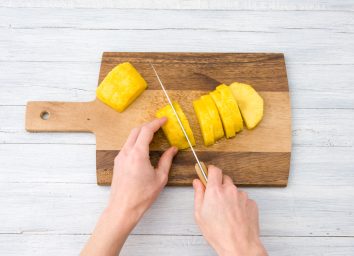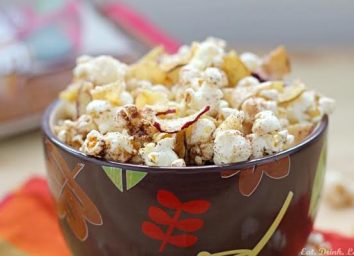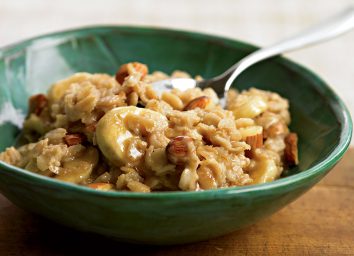The One Trick to Butter Corn on the Cob Without Creating a Mess
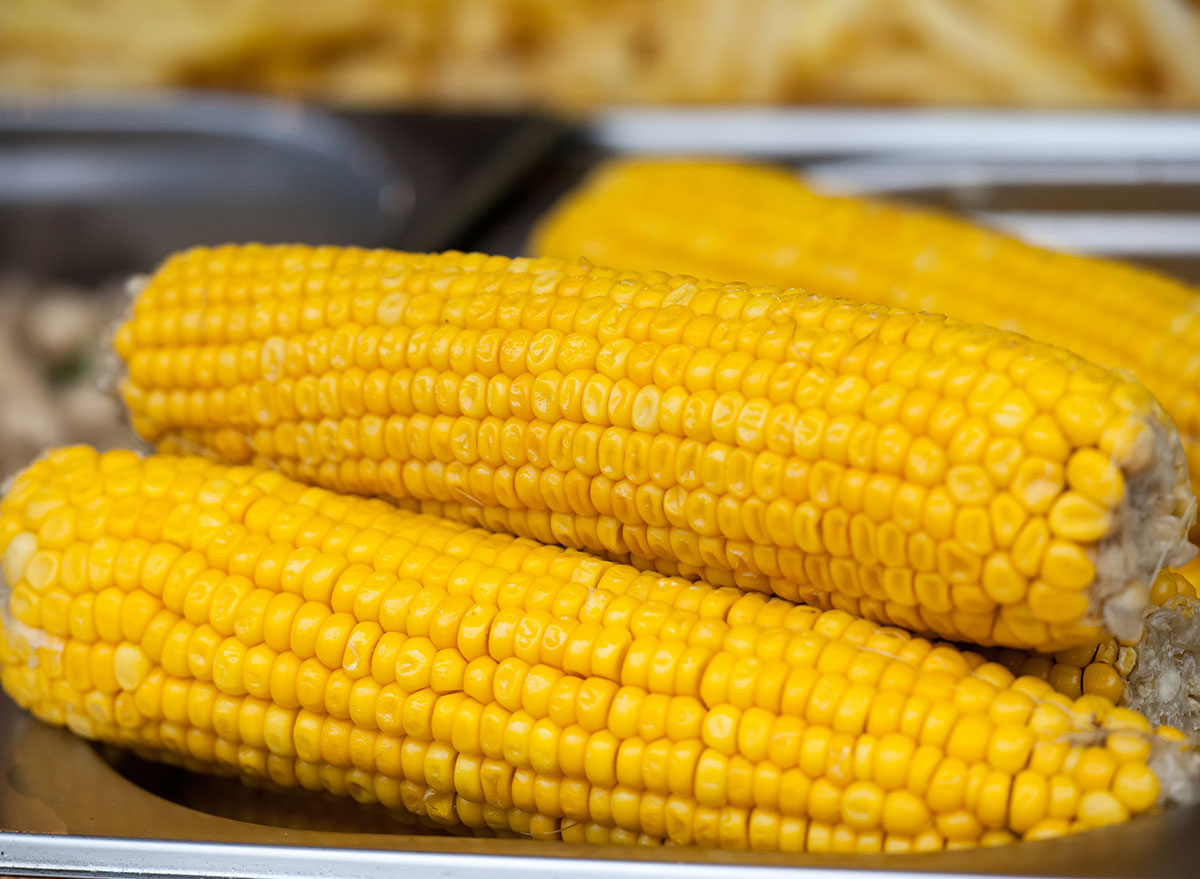
Corn the cob is one of the most quintessential barbecue and picnic foods. Think about it: A juicy cheeseburger with potato salad and coleslaw on the side is not complete without corn on the cob. How satisfying is it to sink your teeth into an ear of plump and buttery corn on the cob? (Getting those kernels out of your teeth later is a whole other story.) However, we know it's a lot of work to get to that point.
Oftentimes, buttering corn that's still on the cob can be a cumbersome task, what with trying to rotate the cob on the plate while your other hand clumsily dresses it with a glob of butter. This can be especially messy when you are without those helpful corn on the cob holders. Has the cob ever slipped out of your hands while you were attempting to coat it with a slab of butter? We're not surprised if it has.
Thankfully, there's an easier way to butter corn that won't cause it to slip right out of your fingers and get all over your clothes—or worse, fall to the ground. Trust us, this one trick will change every barbecue you ever host. Plus, it's most famously attributed to Martha Stewart, so you know it's got to be good.
OK, so what's the simple hack to buttering an ear of corn on the cob?
The key is to add butter to the corn while it's cooking in water, as opposed to after when it's on your plate. This way, the corn gets that buttery flavor throughout the entire cob all in one go, without the hassle of manually spreading the butter across the kernels in the hopes that it melts into every little crevice.
Got it, so I put the butter into the boiling water?
Yes, that's exactly what you do. More specifically, you will want to bring the water to a boil first and then drop each corn on the cob into the water to cook like you usually would. Then, boil the corn until it attains that happy medium texture of crisp yet tender—which should usually be about two to five minutes—and then slide in some slices of butter into the water. Stir until the water looks like a vat of buttery goodness and the pieces have melted. The butter will float to the top, thanks to the oil in the butter (it's less dense than water), so it'll look opaque and create a barrier for the corn to go through when it comes out of the pot. You can grab each corn cob out of the pot with a long set of tongs, and the butter should coat every inch of the corn as it makes its way out of the pot. No kernel will be missed!
There you have it: a buttery corn on the cob without the, well, butter fingers.
